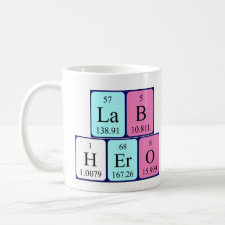
Authors: Sueyoshi Y, Utsunomiya A, Yoshikawa M, Robertson GP, Guiver MD
Article Title: Chiral separation with molecularly imprinted polysulfone-aldehyde derivatized nanofiber membranes.
Publication date: 2012
Journal: Journal of Membrane Science
Volume: 401-402
Issue: (1)
Page numbers: 89-96.
DOI: 10.1016/j.memsci.2012.01.033
Alternative URL: http://www.sciencedirect.com/science/article/pii/S0376738812000622
Abstract: Molecularly imprinted membranes (MIPMs) and molecularly imprinted nanofiber membranes (MINFMs) were prepared from polysulfone with aldehyde (PSf-CHO-05 or PSf-CHO-10) and N-α-benzyloxycarbonyl-d-glutamic acid (Z-d-Glu) or N-α-benzyloxycarbonyl-l-glutamic acid (Z-l-Glu) as a print molecule. Those two types of molecularly imprinted membrane, such as MIPMs and MINFMs, incorporated the enantiomer, of which absolute configuration was same as that of the print molecule, in preference to the corresponding antipode. In other words, the membranes imprinted by the d-isomer preferentially adsorbed the d-isomer and vice versa. Those two types of membrane showed chiral separation ability by membrane transport. Against expectation, transport of the enantiomer preferentially adsorbed in the membrane was retarded, in other words, the enantiomer less adsorbed in the membrane was selectively transported. The fluxes through the molecularly imprinted nanofiber membranes gave one to two orders of magnitude higher than those of usual molecularly imprinted membranes without depression of permselectivity. The present study demonstrated that molecularly imprinted nanofiber membrane gave high flux without depression of permselectivity. A breakthrough in membrane separation would be realized by adopting molecularly imprinted nanofiber membranes
Template and target information: N-α-benzyloxycarbonyl-d-glutamic acid, Z-d-Glu, N-α-benzyloxycarbonyl-l-glutamic acid, Z-l-Glu
Author keywords: electrospray deposition, chiral separation, membrane, molecular imprinting, Molecularly imprinted nanofiber membrane, Nanofiber fabric, optical resolution



Join the Society for Molecular Imprinting

New items RSS feed
Sign-up for e-mail updates:
Choose between receiving an occasional newsletter or more frequent e-mail alerts.
Click here to go to the sign-up page.
Is your name elemental or peptidic? Enter your name and find out by clicking either of the buttons below!
Other products you may like:
 MIPdatabase
MIPdatabase









